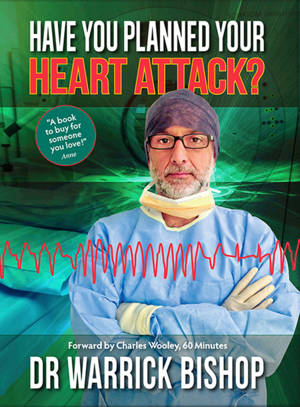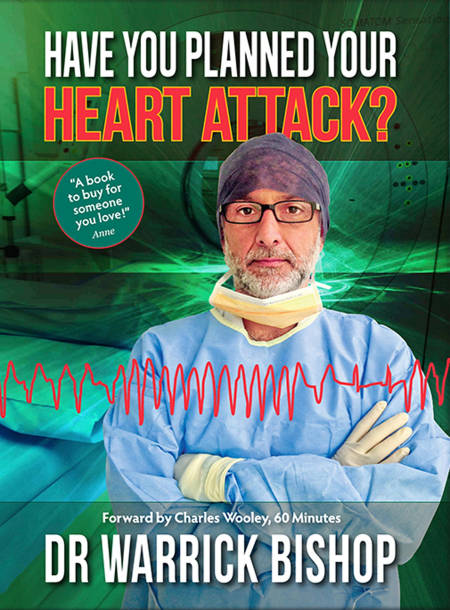
- Afhalen na 1 uur in een winkel met voorraad
- Gratis thuislevering in België vanaf € 30
- Ruim aanbod met 7 miljoen producten
- Afhalen na 1 uur in een winkel met voorraad
- Gratis thuislevering in België vanaf € 30
- Ruim aanbod met 7 miljoen producten
Omschrijving
Have You Planned Your Heart Attack? is not the next optimistic, self-help, heart disease reversal, low carb, cure-all approach to health. Believing that prevention is better than cure, it presents a proactive approach to cardiac disease prevention. It is the first-of-its-kind, offering a balanced and referenced discussion of coronary risk assessment using modern technology. Taking a picture of the coronary arteries using CT to see the health of the arteries is not new; it just isn't being done routinely. Yet, by using these advances you can be ahead of the game about your own cardiovascular health. Wouldn't you want to know, rather than guess, if the single biggest killer in the Western world was lurking inside of you?
We all know friends and family members who have suffered a heart attack, who live with angina or endure shortness of breath. A disease has developed. This book explores how we might be able to prevent the disease, especially a heart attack, from occurring in the first place.
Treatment for risk, prior to an event, is primary prevention – the focus of Have You Planned Your Heart Attack?.
Until recent times, primary prevention largely involved treatment of the unknown. Historically, risk assessment has been based on a number of factors observed in a population (or number of people). This observational data includes increasing age, being male, increased blood pressure and smoking. Now, today's technology also allows us to look at the health of an individual's coronary arteries in exquisite detail.
The use of CT imaging, before the onset of a problem, is a paradigm shift in the conventional management of heart disease.
Image information, combined with the information gained from the historically-used traditional risk factors, allow specialists, general practitioners and patients to be ahead of the development of coronary artery disease so that measures to reduce risk can be implemented. Although cardiac CT imaging has been readily available for the past five to 10 years, it has not been broadly taken up.
The hope from this book is to begin a conversation which ultimately increases utilisation of cardiac CT imaging, in combination with other risk factor evaluation, to improve primary prevention for coronary artery disease. Its vision is that imaging will be incorporated into a more holistic approach, thus improving the way we deal with the potential risk many individuals carry in regard to coronary artery disease. As this technology becomes more familiar to the community, then its use could be at the coalface for general practitioners who are, by virtue of their position in providing medical care, the custodians of preventative medicine.
Cardiac CT imaging could become the preferred tool of risk assessment for general practitioners in a way that allows the technology to appropriately guide intervention or allows a choice regarding a modified approach in an individual patient. However, until clear-cut guidelines are established, it may be that specialist involvement will be important for the most appropriate use of the technology.
As we are comfortable with mammography for breast screening, pap smears for population screening, measuring cholesterol levels and blood sugar levels, could we see cardiac CT imaging as one of the tools available for widespread implementation in public policy?
For change to occur, we need conversation followed by action. Many conversations will need to be had; ideas shared and collaboratively explored. The information offered throughout this book is accompanied by an invitation to be part of that conversation. Criticism and controversy are healthy parts of vigorous conversation, as too, are vision, passion and an enthusiasm for possibility. If this book starts such conversation that opens doors to further evaluation, consideration and discussion – and along the way improves medicine and saves lives – then that is a good start.
Specificaties
Betrokkenen
- Auteur(s):
- Uitgeverij:
Inhoud
- Aantal bladzijden:
- 259
- Taal:
- Engels
Eigenschappen
- Productcode (EAN):
- 9780646961286
- Verschijningsdatum:
- 22/08/2016
- Uitvoering:
- E-book
- Formaat:
- ePub

Alleen bij Standaard Boekhandel
Beoordelingen
We publiceren alleen reviews die voldoen aan de voorwaarden voor reviews. Bekijk onze voorwaarden voor reviews.











